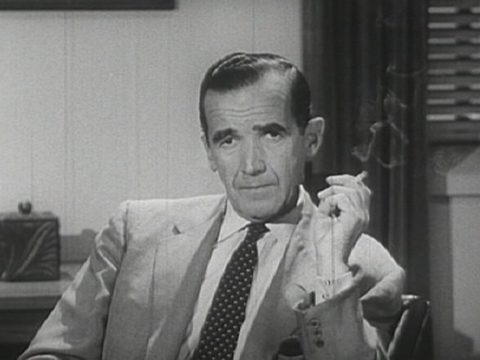This story has been covered much more thoroughly on social media than by mainstream media, for a number of reasons. For starters, news organizations have been doing more with less for at least twenty years. One of the reasons I got out of the news business in 1998 was that I was tired of getting laid off every couple of years. News organizations kept consolidating, cutting personnel and even whole bureaus, in an effort to make more money for shareholders. And so here we are today: There aren't enough bodies left to cover everything that deserves to be covered. If you've wondered why Donald Trump's Twitter rants get more attention than the Dakota Access Pipeline, that's the reason. It's much cheaper to have an intern sit in an office and monitor Twitter than it is to send a microwave truck, an engineer, a producer, a camera operator and a reporter to the back end of nowhere to take pictures of Indians dancing in front of cops in riot gear.
I'm not denigrating the water protectors; I'm on their side. What I'm trying to do is explain what goes through news executives' minds when they decide what to spend their scarce resources on. Trump's Twitter feed = guaranteed story. Sending a crew to North Dakota for weeks in hopes of "war" footage, not so much.
So it didn't surprise me that CNN, et al., didn't start sending crews to the Oceti Sakowin camp until last week. It was clear things were coming to a head: The Army Corps of Engineers had announced the "protesters" needed to move, the governor of North Dakota was threatening to send in troops to clear the area (although he said later that was just a misunderstanding), and a cadre of volunteer veterans was due to arrive.
As soon as pictures began showing up on the networks, people could see that something was off. The sheriff of Morton County, ND, kept saying that his officers felt threatened by the Sioux, but the photos and videos from the site showed armor-plated police vehicles looming over unarmed people praying.
More than one person has criticized those media reports, saying the journalists weren't doing their jobs.
Well, actually, they were.
Bear with me while I digress. In 1954, a U.S. senator named Joseph McCarthy made a name for himself by accusing anyone he didn't like of being a Communist. First, he claimed more than 200 Communists had infiltrated the State Department -- a claim he couldn't substantiate. Nevertheless, he was awarded the chairmanship of the Senate Committee on Government Operations in 1952, and used it as a bully pulpit to ruin hundreds of people, including many working in the film industry.
 |
| Edward R. Murrow | Wikipedia (Public Domain) |
Television was his downfall. In March 1954, Edward R. Murrow devoted an entire episode of "See It Now" to McCarthy, eviscerating the senator by showing his methods in detail. Predictably, McCarthy attacked Murrow, accusing him of being a Communist -- a charge Murrow easily refuted. (George Clooney directed a terrific movie about Murrow's battle with McCarthy called "Good Night and Good Luck".) Shortly thereafter, an attorney named Joe Welch took on McCarthy in his own committee chamber, asking him on live television, "Have you no sense of decency, sir?" At that point, McCarthy's name was mud.
What the big-name news organizations at the Oceti Sakowin camp have been doing for the past few days is exactly the same thing Murrow did to McCarthy: they've given the cops just enough rope to hang themselves with.
Journalists are supposed to report on all sides of an issue. The sheriff's statements were news; so were the protests. But it was no accident that reporters were reading the sheriff's inflammatory words over video of what was actually happening at the camp. As news consumers, we're supposed to make the connection ourselves.
***
These moments of newsy blogginess have been brought to you, as a public service, by Lynne Cantwell.

No comments:
Post a Comment